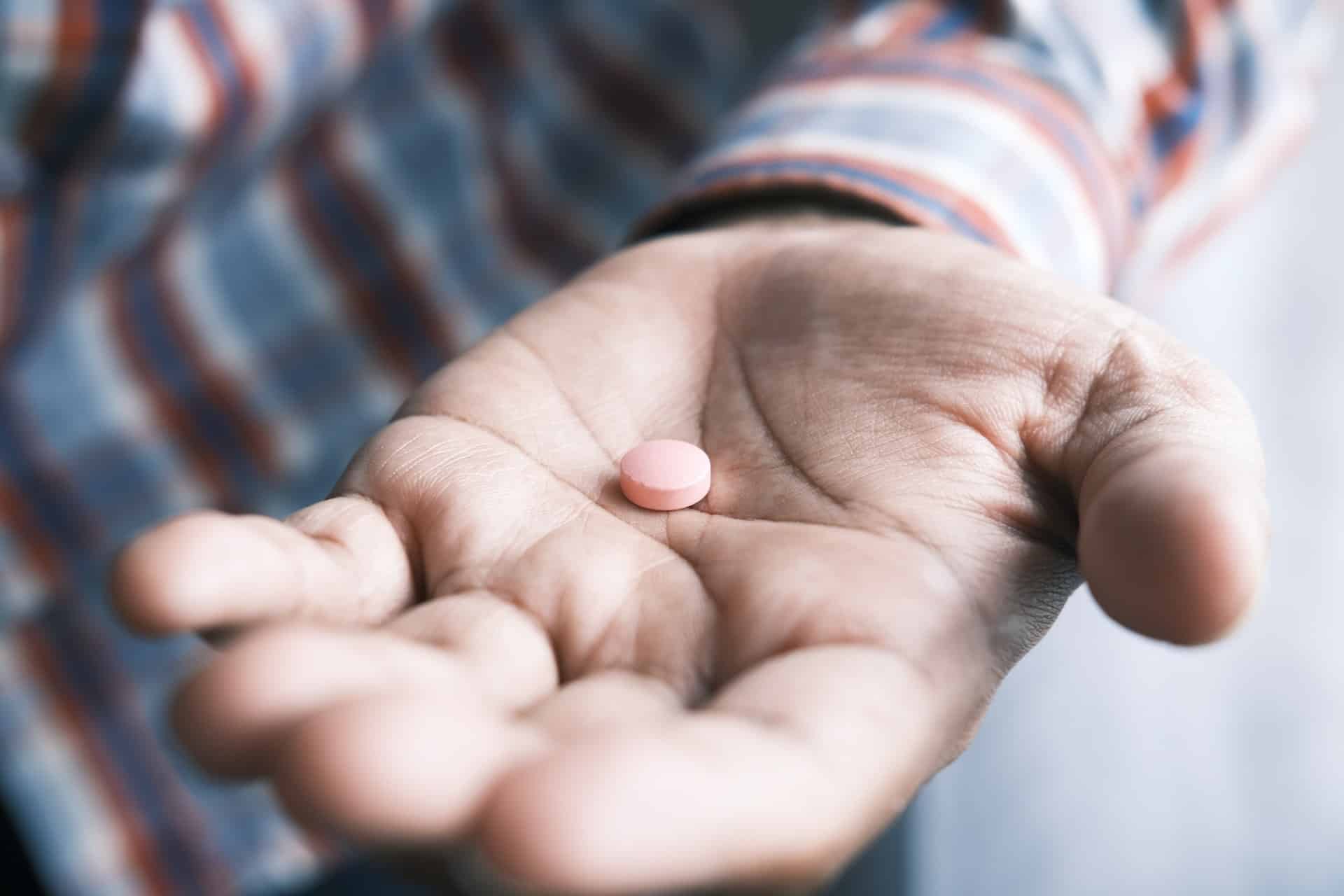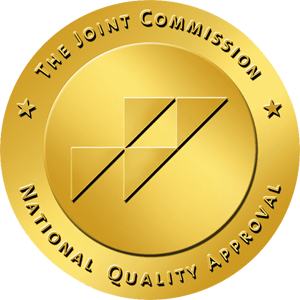Drug withdrawal is a challenging but necessary step in overcoming addiction. When a person stops using a drug their body has become dependent on, they often experience a range of withdrawal symptoms. These symptoms vary in intensity and duration depending on the drug used, the length of use, and individual factors. Understanding the drug withdrawal timeline and symptoms can help individuals and their loved ones prepare for the recovery process.
What is Drug Withdrawal?
Drug withdrawal refers to the physical and psychological symptoms that occur when a person stops using a substance their body has become dependent on. This dependence develops as the body adapts to the drug’s presence, altering brain chemistry and function. When drug use suddenly stops, the body struggles to regain balance, leading to withdrawal symptoms.
The severity and duration of withdrawal symptoms vary based on:
- The type of drug used
- Duration and frequency of use
- Dosage amounts
- Individual factors like age, health, and metabolism
- Whether medical detox or tapering is used
Drug Withdrawal Timeline
Withdrawal symptoms occur in phases, progressing from early onset to peak intensity before gradually subsiding. The timeline varies depending on the substance, but most follow a similar pattern:
Short-Acting Drugs (Heroin, Cocaine, Alcohol, Nicotine)
- 6-12 Hours: Early withdrawal symptoms begin, including anxiety, restlessness, and cravings.
- 24-72 Hours: Peak symptoms include intense cravings, nausea, vomiting, sweating, tremors, and mood swings.
- 3-7 Days: Symptoms start subsiding, though psychological withdrawal, including depression and anxiety, may persist.
- Weeks to Months: Post-acute withdrawal symptoms (PAWS) like sleep disturbances, emotional instability, and cravings may linger.
Long-Acting Drugs (Methadone, Benzodiazepines, Some Prescription Opioids)
- 1-3 Days: Mild symptoms begin, such as anxiety, agitation, and mild physical discomfort.
- 4-10 Days: Peak symptoms include muscle aches, nausea, sweating, increased heart rate, and insomnia.
- 10-30 Days: Gradual symptom decline, but psychological effects may persist for months.
- Several Months: PAWS may continue with intermittent cravings, depression, and sleep disturbances.
Common Drug Withdrawal Symptoms
Withdrawal symptoms vary based on the substance but generally include physical and psychological effects. Below are common symptoms associated with different types of drugs:
Opioids (Heroin, Oxycodone, Morphine, Fentanyl)
- Physical: Muscle pain, sweating, nausea, vomiting, diarrhea, dilated pupils, runny nose, chills
- Psychological: Anxiety, depression, intense drug cravings, restlessness, irritability
Alcohol
- Physical: Tremors, sweating, nausea, vomiting, increased heart rate, seizures (severe cases)
- Psychological: Anxiety, depression, hallucinations, confusion
- Severe Withdrawal: Delirium tremens (DTs), which can be life-threatening
Benzodiazepines (Xanax, Valium, Klonopin)
- Physical: Tremors, muscle stiffness, seizures, heart palpitations, dizziness
- Psychological: Panic attacks, confusion, hallucinations, severe anxiety
Stimulants (Cocaine, Methamphetamine, Adderall)
- Physical: Fatigue, body aches, increased appetite, slowed heart rate
- Psychological: Depression, intense cravings, mood swings, paranoia, suicidal thoughts
Cannabis (Marijuana, THC Concentrates)
- Physical: Sweating, headaches, nausea, insomnia
- Psychological: Anxiety, mood swings, irritability, depression, lack of motivation
Medical Detox and Professional Treatment
Withdrawal symptoms can be dangerous, making medical detox an essential step for many individuals. Medical professionals can provide supervision and medications to ease discomfort and prevent complications. Some common treatments include:
- Opioid withdrawal: Methadone, buprenorphine, clonidine to manage pain and cravings
- Alcohol withdrawal: Benzodiazepines to prevent seizures and DTs
- Benzodiazepine withdrawal: Slow tapering to reduce risks of severe withdrawal
- Stimulant withdrawal: Antidepressants or anti-anxiety medications for psychological symptoms
Managing Withdrawal Symptoms
Although withdrawal is challenging, several strategies can help ease symptoms and support recovery:
- Hydration and Nutrition: Dehydration and nutrient depletion are common; drinking fluids and eating balanced meals help restore the body’s health.
- Rest and Sleep: Withdrawal can cause extreme fatigue, so getting enough rest is crucial.
- Exercise and Movement: Light physical activity can improve mood and reduce anxiety.
- Support System: Connecting with friends, family, or support groups helps with motivation and emotional stability.
- Professional Help: Therapy and counseling can help address the root causes of addiction and teach coping mechanisms.
Post-Acute Withdrawal Syndrome (PAWS)
Some individuals experience prolonged withdrawal symptoms lasting weeks or months after the initial detox phase. PAWS can include:
- Mood swings
- Cravings
- Sleep disturbances
- Cognitive issues (difficulty concentrating, memory problems)
- Anxiety and depression
While PAWS symptoms fade over time, they can be managed with therapy, medication, and lifestyle changes.
Understanding the drug withdrawal timeline and symptoms can help individuals prepare for recovery and seek the necessary support. Withdrawal can be difficult, but with medical assistance, healthy coping strategies, and a strong support system, individuals can successfully navigate the process and achieve long-term sobriety. If you or a loved one is struggling with substance abuse, seeking professional help is the best step toward a healthier, drug-free life.






